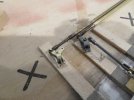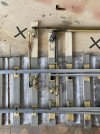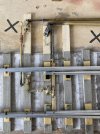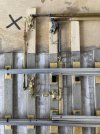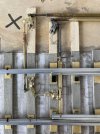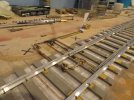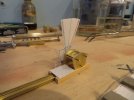AJC
Western Thunderer
I am curious about this arrangement.View attachment 178523 I am guessing this is another of your pictures Martin
Does one of the levers connect electrically to signalling, because all the linkages appear to operate from one initial rod.
Michael
Not sure what signalling Castell Caereinion has now, but that’s the usual Welshpool and Llanfair arrangement - the frame is unlocked (see the box at the base of the blue lever) by Annett’s key in order to and the frame operable. My understanding is a bit hazy, but the key is attached to the single line staff and all the line’s loops and sidings were like that. There isn’t (or wasn’t, last time I went) any fixed signalling or track circuits there.
Adam
Last edited:

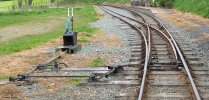
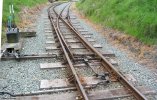
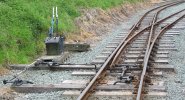
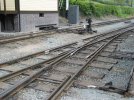
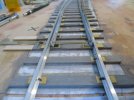
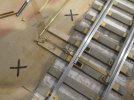
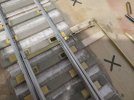


 nice work michael
nice work michael